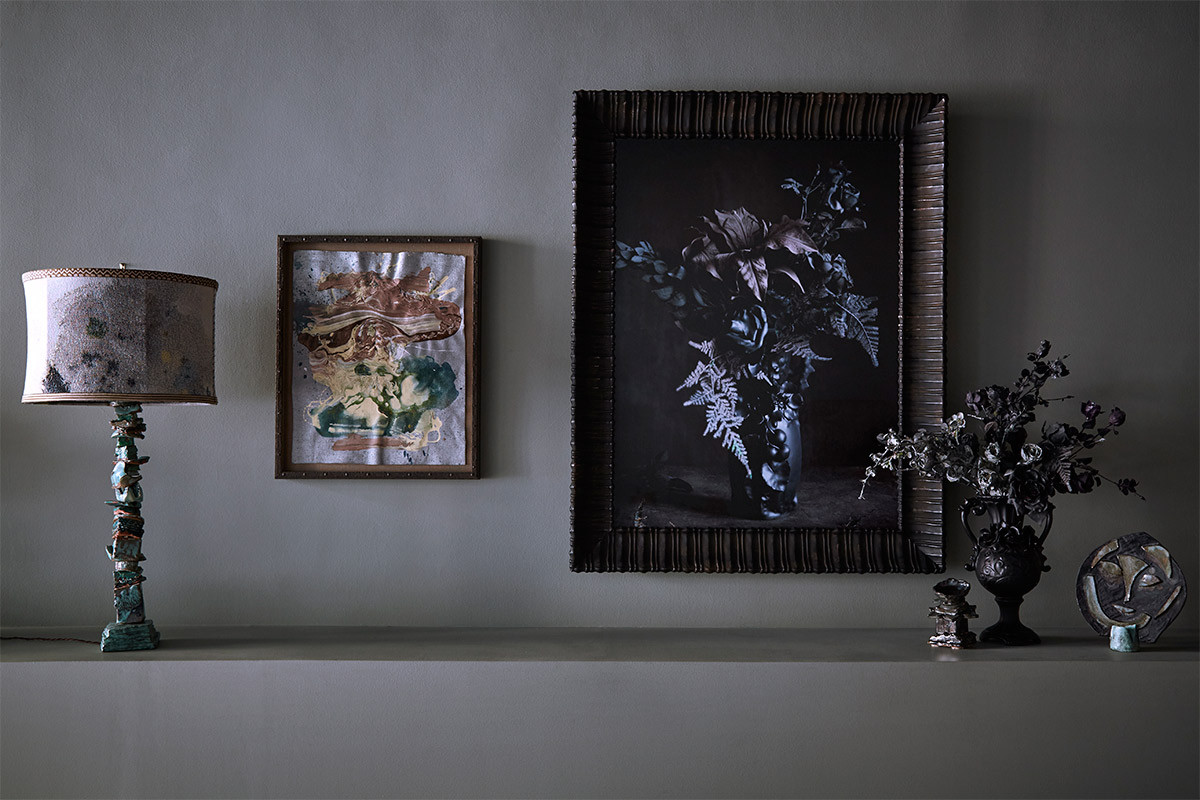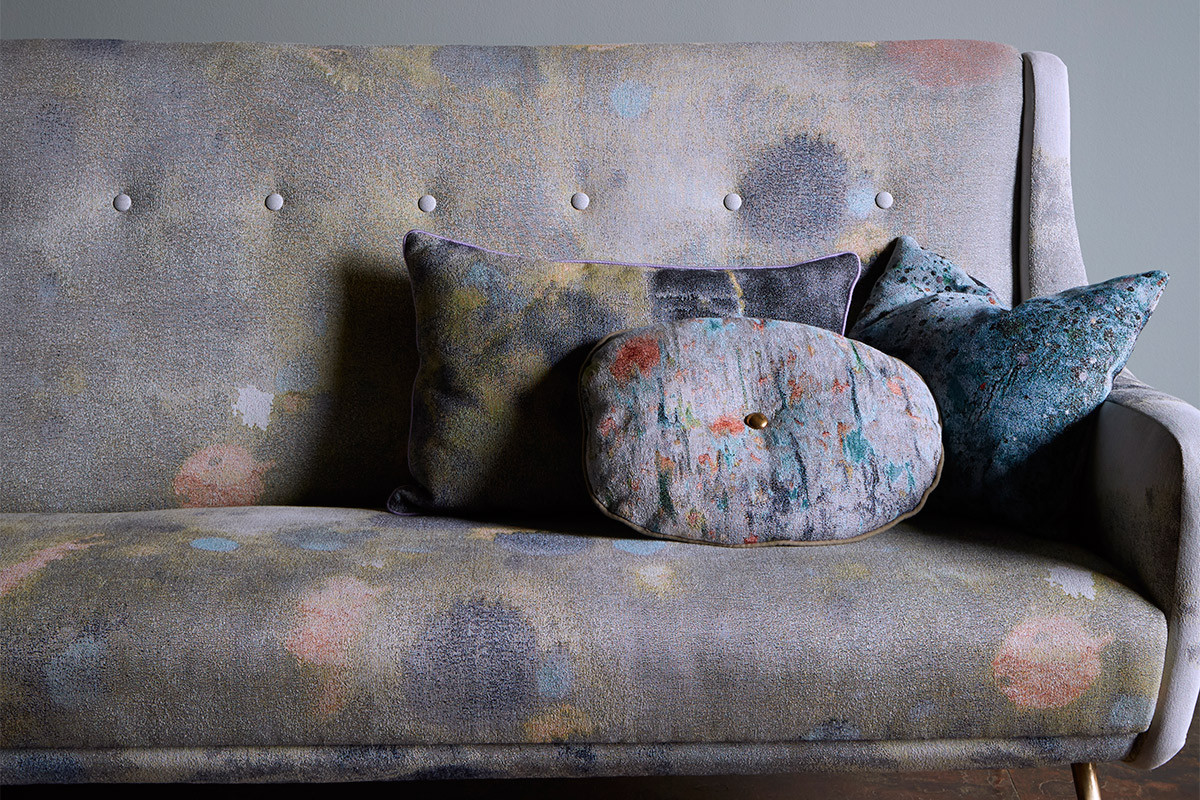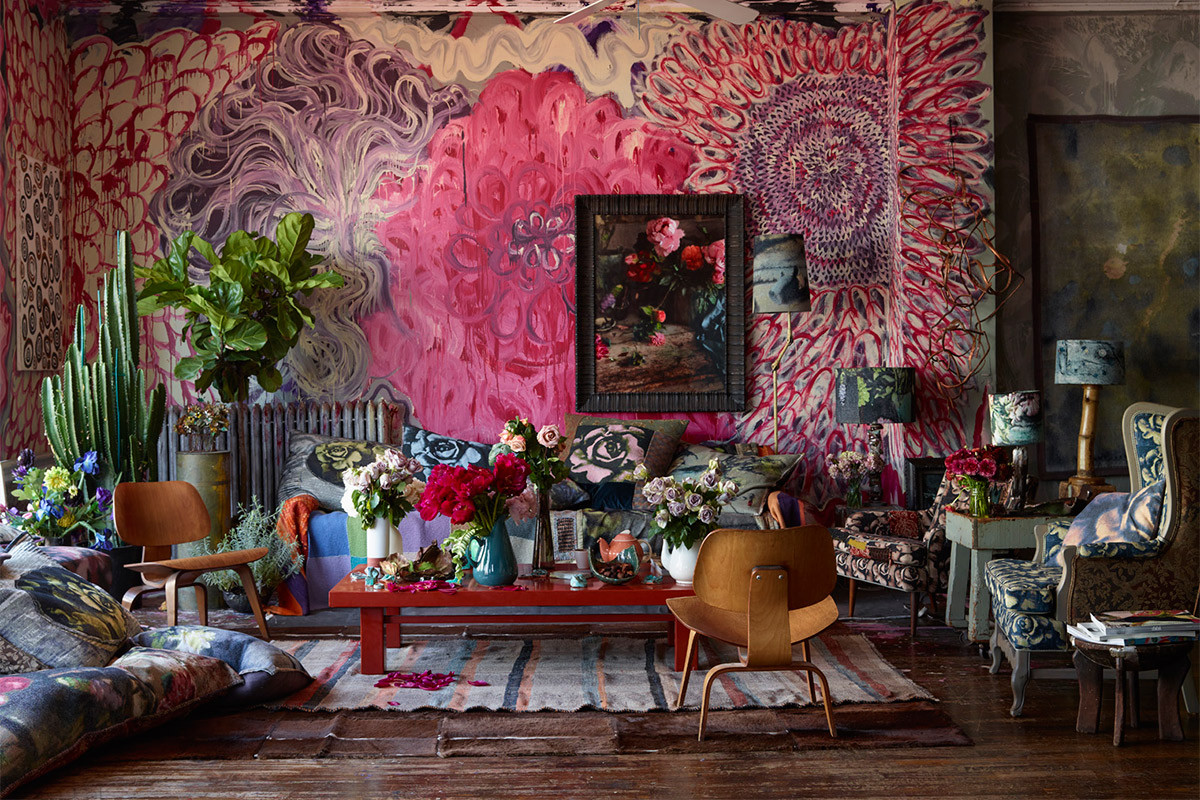The Accidental Expressionist
Martyn Thompson never set out to become a photographer. In fact, his career has taken a circular route leading him back to designing textiles, a passion first ignited when he was a fashion-obsessed student in Sydney, Australia. Thompson answers our five questions on his inspiration and what goes into creating his singular fabrics and textiles.
1. What are the influences you draw from the classical world?
I have always love painting. Right now I’m into Turner and the pre-impressionist movement and Vilhelm Hammershøi, a Scandinavian painter from the turn of last century, captivates me. I’ve always tried to convey these feelings in my photographs and for the same reason I love period dramas – I adore clothes and the incredible detailing in things and that’s what I feel is missing – for the most part – in contemporary clothing. Texture and detailing is my thing.
2. Favorite contemporary designers and artists?
I gravitate towards pieces that possess a kind of hand-hewn rusticity, which Piet Hein Eek does in a sophisticated way. He works with a magnificent color palette whilst also using salvaged items with patina. I also love Studio Dimore who are able to create complete, fully rendered worlds rather than just offer a single piece of the puzzle.
2. Why accidental expressionist?
Back in 2007 I spent a month splattering paint on canvas reproductions of my photos. One day I realized I had also accidentally covered the floor around me and it looked amazing — I started to photograph it and the resultant still life images became the basis of 'the Accidental Expressionist” textiles
3. Within the collection which pieces in particular, do you most prize?
I love the little splat cushion and the lamp, because I love to work in collaboration with others. I think that’s exciting about the times we live in – there’s a lot of appreciation for smaller producers and designers who are quite boutique in their outlook. Collaboration allows us to join resources and extend our aesthetics together.
4. The digital realm has made working with fabrics and textiles somewhat easier. Can you tell us about this process?
Fabrics can now be printed and woven from a photographic image, which is what has made it possible for me to turn my photos into textiles. While digital technology has facilitated this leap into a new world, I’ve been able to refine a technique where the image remains visually old-world but is very much of the new world in its technique.
5. Your pieces look very at home in your loft. How has your sense of living, domestically speaking, inspired your collection?
My environment has always been very important to me – and much of my photography is about an interior mood. I think the textiles and interior objects are a natural extension of this – my aesthetic realized in 3 dimensions.
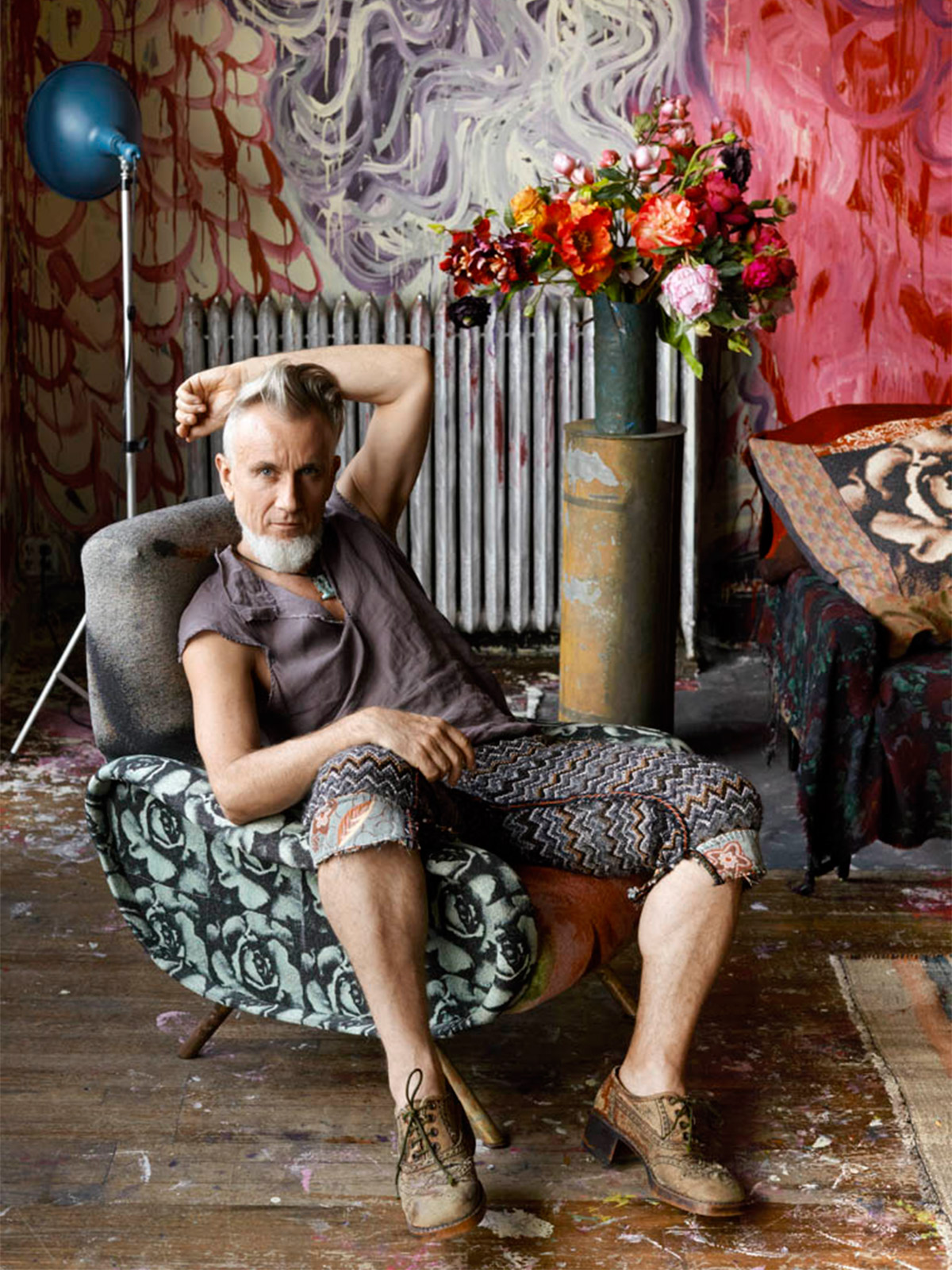
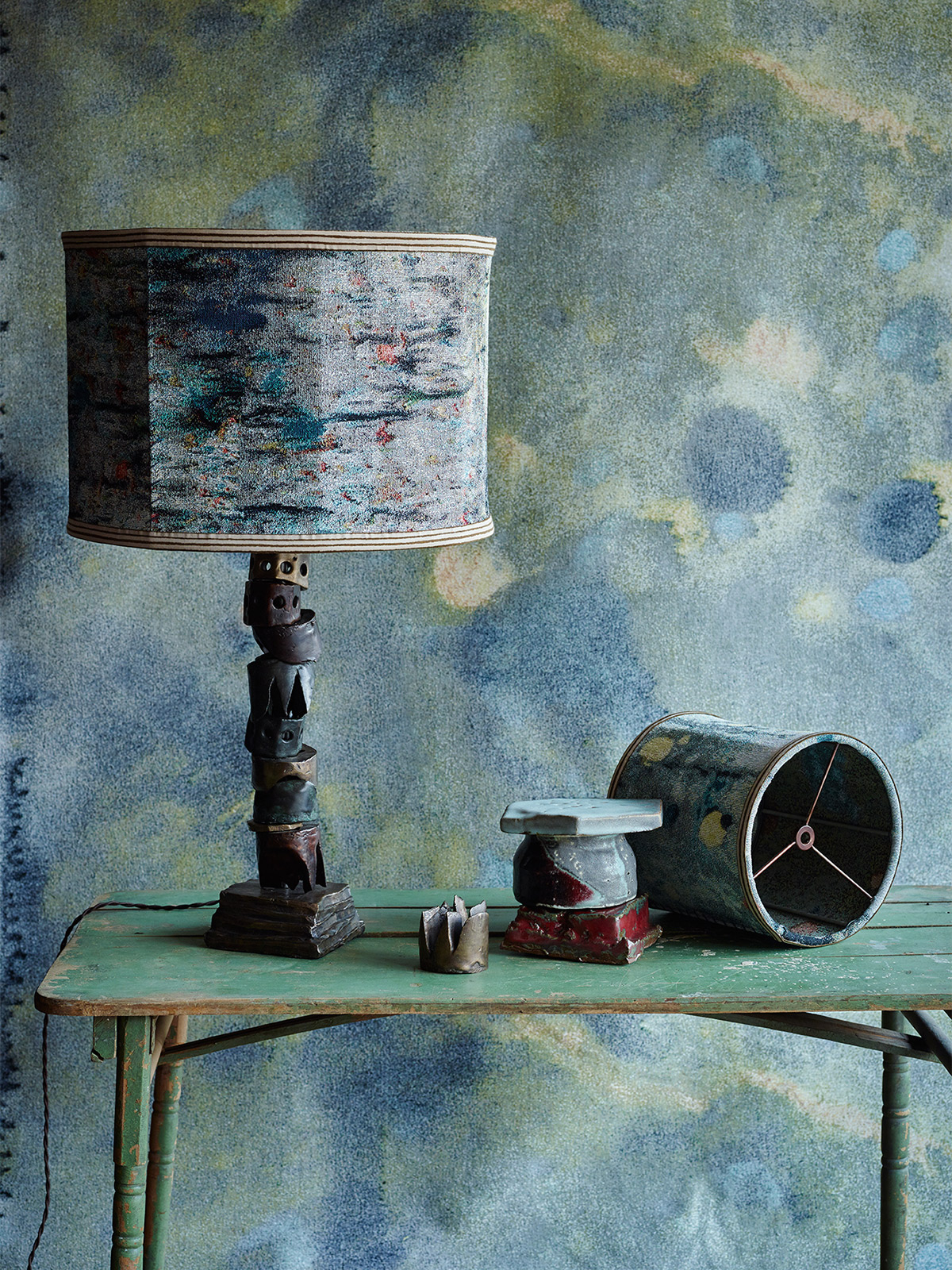
Photography by Martyn Thompson Studio.
 The Future Perfect
The Future Perfect



